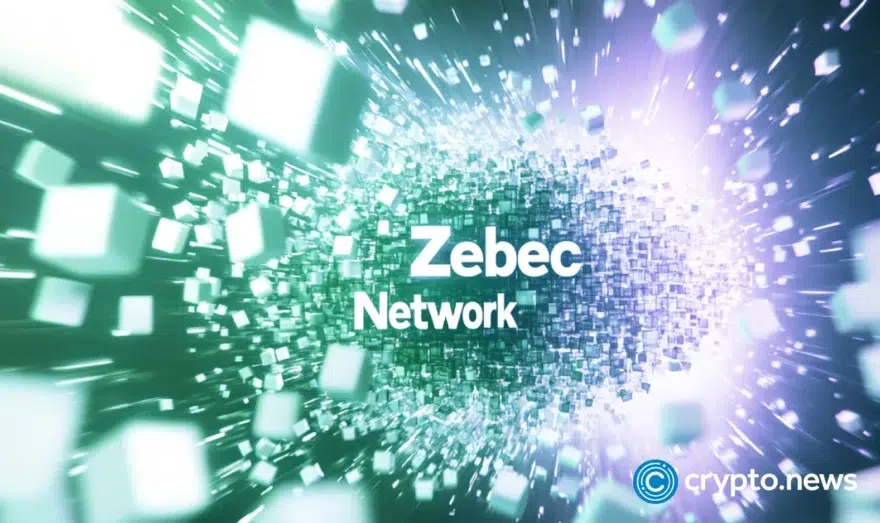MiCA will transform the EU into a crypto adoption hub this year | Opinion

Disclosure: The views and opinions expressed here belong solely to the author and do not represent the views and opinions of crypto.news’ editorial.
When the Markets in Crypto-Assets Regulation (MiCA) was signed into law in June 2023, a framework for twenty-seven countries was finally in place. Although this was a landmark piece of legislation for a region that represents nearly twenty percent of the global economy, MiCA is serving as the beginning of a twelve to eighteen-month process of transition, transformation, and customization; that’s because MiCA includes a “substantial number of Level 2 and Level 3 measures,” as noted by the European Securities and Markets Authorities, that still must be developed and refined.
So, in 2024, we’ll see the European Union transition into actually enacting MiCA, followed by collaborations and customizations to expand its international impact, including EU financial institutions seeking qualified sub-custodians.
Spot Bitcoin ETF approvals are imminent across Europe
Ultimately, it will be much easier to have one framework for all the jurisdictions in the EU, with crypto exchanges and other firms no longer needing a separate license in each country of the Union. In 2024, though, individual countries will still have unique characteristics that must be navigated. For example, if a company is licensed to offer crypto services in Germany and wants to transact in France, France’s KYC and AML requirements still need to be separately addressed.
So, what lies ahead is a year of governments hashing out details, creating mounds of paperwork, and filling out forms among plenty of parties. With the new processes associated with MiCA, nobody can say, “Well, we’ve always done it that way before,” because there is no “before” when it comes to such sweeping crypto regulations anywhere in the world. Instead, plenty of learning will be on the ground, traversing the new processes as they unfold. The companies that proactively prepare in 2024 should experience a smoother pathway to enjoying the benefits inherent in MiCA.
It’s likely that spot Bitcoin ETFs will be made available in the EU sometime in 2024—first for institutions and, later, for retail purposes. Once spot Bitcoin ETFs are approved for institutions, they’ll be thoroughly scrutinized again before being made available to retail clients.
The bull market makes it more likely that spot Bitcoin ETF applications and approvals will come to fruition sooner rather than later. With high trading volume, there’s a fear of missing out on making money on financial products. Then, adopting the new digital asset product will be seamless with this crypto-adept generation.
After MiCA regulations are implemented and operational, we’ll likely see customizations that will allow more people to have a piece of the financial pie. This can include bilateral agreements with the EU from smaller locales to help them achieve more trading volume in advantageous ways they couldn’t accomplish independently. For example, smaller banks in Switzerland don’t have EU branches, so once MiCA is implemented, they could theoretically execute a bilateral agreement with the EU to reap the benefits of MiCA.
International standards for AML/CFT will become the norm
With the adoption of MiCA, Europe helps to set the bar when contributing to international standards regarding rules and regulations around anti-money laundering and combating the financing of terrorism (AML/CFT). Organizations like the International Organization of Securities Commissions (IOSCO) have developed standards that can also serve as guidelines. As various countries and regions develop crypto regulations, common themes are emerging, such as the “same activity, same risk, same regulation” philosophy, and it can make sense for regulators to benefit from what other jurisdictions are doing when crafting legislation rather than continually recreating the wheel.
That said, it’s unlikely that we’ll see fully standardized international regulations across the board. Economies are driven regionally in different ways, with some regions willing to have more open crypto regulations to attract more business while others value risk management more highly. What’s important is that each region provides clarity about its rules and processes to allow crypto businesses to feel comfortable about operating in the area and to foster growth.
MiCA and custodial needs
With the passage of MiCA, every bank and every registered asset manager in the EU can easily apply for a crypto custody license. It’s likely, though, that many of these financial institutions, like banks, won’t want to take on this added responsibility—including having to obtain the appropriate technology and gain and maintain the necessary technical expertise—and will, therefore, want a sub-custodian to manage their digital assets. It’s logical for them to use sub-custodians to more clearly separate functions and funds.
Banks will want an established custodian that has proven its ability to manage volatility well by continuing to keep digital assets safe and secure. Financial institutions can further benefit by choosing a custodian who doesn’t oversee their own exchange to enjoy accurate segregation of function.
Choosing a sub-custodian strategy is just one of many decisions that will need to be made as key stakeholders navigate the implementation of MiCA and its upcoming collaborations and customizations.















